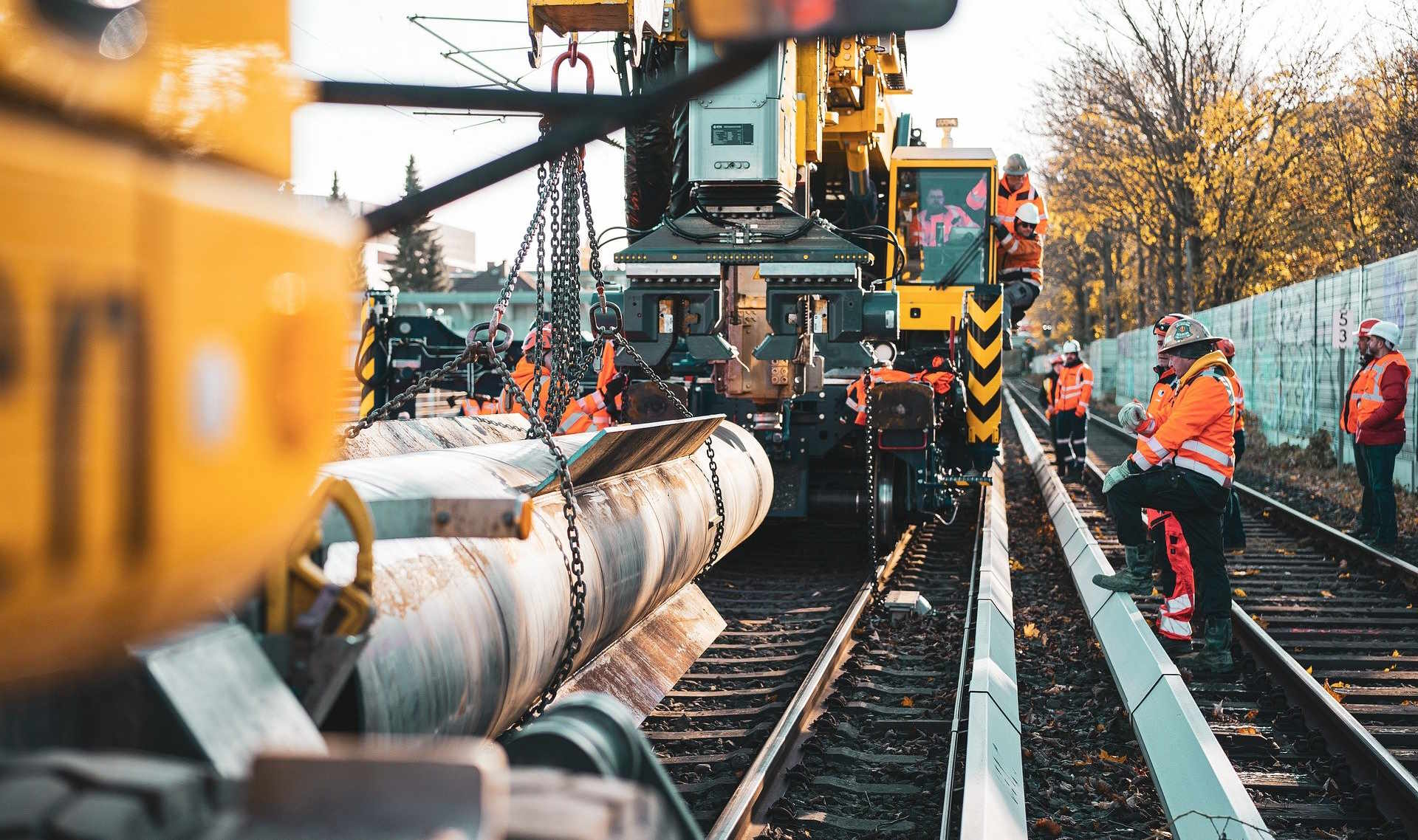Noninvasive sensor workflows for rapid pipe incident identification
Noninvasive sensor workflows combine acoustic, thermal, and fiberoptic technologies to locate and characterize pipe incidents quickly. Integrated telemetry and analytics reduce inspection time and prioritize field responses while preserving infrastructure integrity and minimizing excavation.

Noninvasive sensor workflows compress the time between an initial anomaly and accurate pipe incident identification by combining multiple sensing modalities with real-time telemetry and analytics. Rather than relying solely on visual or excavative inspection, modern approaches use surface-mounted and inline sensors to detect acoustic signatures, temperature changes, pressure transients, and subsurface moisture anomalies. These workflows prioritize localization accuracy and diagnostics while reducing disruptions to pipeline infrastructure and nearby property.
How do acoustic sensors aid detection?
Acoustic sensors detect the sound of fluid escaping or turbulent flow caused by breaches. For buried pipelines, ground-coupled microphones or geophone arrays pick up frequency patterns that differ from normal operational noise. Signal processing separates background infrastructure sounds from leak signatures, enabling localization to a small area. Acoustic monitoring works well for pressurized systems and can be deployed noninvasively along right-of-way corridors or mounted to adjacent structures, providing continuous monitoring for early incident identification without immediate excavation.
What role do thermal sensors play?
Thermal sensors measure temperature differentials at the surface or along a pipe casing, revealing leaks through cooling or warming patterns. Infrared cameras and distributed temperature sensing can map temperature anomalies tied to escaping fluids or condensate. Thermal mapping is particularly useful for detecting subsurface moisture migration and differentiating wet spots from ambient temperature variations. When combined with moisture sensors and calibration routines, thermal data helps confirm whether an anomaly warrants targeted inspection or repair.
How do fiberoptics and telemetry help?
Fiberoptic sensing, including distributed acoustic sensing (DAS) and distributed temperature sensing (DTS), turns a fiber cable into a continuous sensor over kilometers of pipeline. These systems provide high spatial resolution and continuous telemetry to central analytics platforms. Fiberoptics excel at long-distance monitoring where discrete sensors would be impractical, and they integrate readily with SCADA or cloud-based systems for centralized diagnostics. Real-time telemetry supports automated alerting and historical trend analysis for incident verification and response planning.
How is pressure mapping and diagnostics used?
Pressure sensors and transient pressure mapping detect anomalies in system hydraulics that precede or accompany leaks. High-frequency pressure monitoring captures rapid events such as bursts, while slower trends can indicate gradual breaches or blockages. Diagnostics combine pressure data with flow rates and valve state information to model where a pressure disturbance originated. Calibration against known system behavior improves localization accuracy and reduces false positives, enabling teams to prioritize field inspection and avoid unnecessary digs.
How are subsurface moisture and localization handled?
Subsurface moisture detection often uses ground-penetrating moisture probes, dielectric sensors, or indirect thermal mapping to identify areas where fluid has migrated. Localization refines initial sensor alerts by fusing acoustic, thermal, and moisture data to create a probabilistic map of likely leak points. Geospatial mapping tools overlay sensor outputs on pipeline infrastructure maps to guide inspection crews. Repeated calibration and controlled test releases are used in some systems to validate localization algorithms without exposing infrastructure to risk.
How do monitoring, analytics, and automation integrate?
A coherent workflow ties sensor networks to analytics engines that perform event detection, classification, and prioritization. Machine learning or rule-based analytics ingest telemetry from acoustic, thermal, fiberoptic, and pressure channels to reduce false alarms and suggest likely causes. Automation can escalate verified incidents to operational teams, attach detailed localization coordinates and diagnostic summaries, and schedule inspection tasks. This integration supports continuous monitoring while enabling rapid decision-making based on correlated sensor evidence rather than single-point alerts.
In summary, noninvasive sensor workflows blend complementary sensing technologies, telemetry, and analytics to detect and localize pipe incidents faster and with less disruption to infrastructure. Sensor fusion, proper calibration, and robust diagnostic logic are central to reducing false positives and ensuring that field interventions are targeted and effective. These approaches help maintain pipeline integrity and operational continuity while limiting unnecessary excavation and service interruptions.






